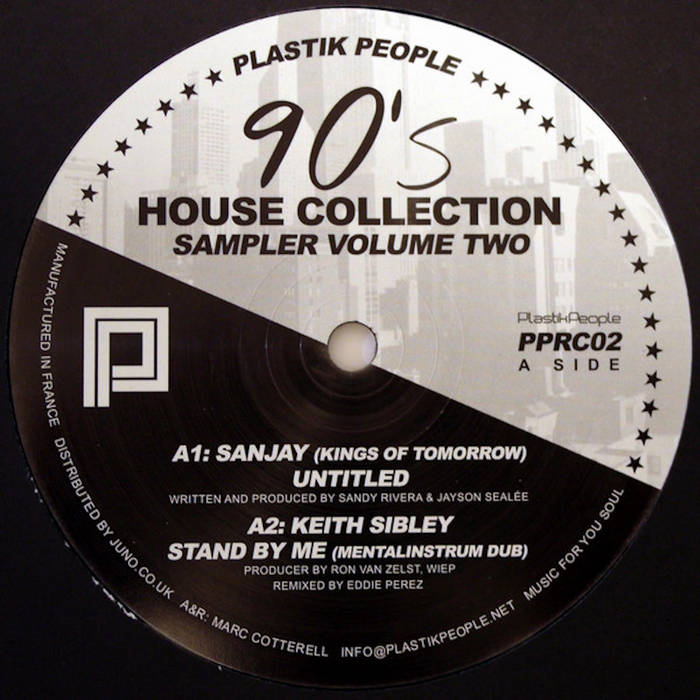The ’90s era was a vibrant tapestry of cultural innovation, brimming with diversity and excitement, particularly within the music scene. Among the many genres that flourished during this decade, the realm of house music, especially as represented by niche compilations such as “90’s House Collection Vol. 2” from Plastik People Recordings, emerges as a telling reflection of the period’s zeitgeist. This compilation not only encapsulates the dance floor euphoria of the ’90s but also serves as a testament to the intersection of artistry and technology that paved the way for future electronic music.
To delve into the history of the ’90s girl’s printing house album is to explore an eclectic blend of socio-cultural phenomena. The onset of this decade was marked by a seismic shift in musical styles, heavily influenced by emerging technologies and evolving social landscapes. The music industry bore witness to the rise of female artists who began to claim their space in genres typically dominated by men. Female vocalists, DJ’s, and producers began to carve out their sound, challenging conventions and redefining what it meant to be a woman in the music industry.
As house music gained traction across the globe, it became a conduit for these female artists to express their creativity. The compilation exemplifies this trend, showcasing tracks that range from deep house grooves to more vocal-driven anthems. This diversity paints a multifaceted picture of the house scene, spilling over with stories of liberation, love, and unity. As the synth lines swirled and the drum machines pumped, women took to the stage—literally and metaphorically—redrawing the boundaries of the genre.
One cannot discuss the ’90s without acknowledging the cultural context that birthed some of the most significant movements in music history. The burgeoning rave culture provided a fertile ground for the house music movement. Underground parties in warehouses and fields became a sanctum for those seeking to escape societal norms. The pulsating beats of house music reverberated through these spaces, crafting an atmosphere of ephemeral euphoria. Within this sonic landscape, women began to weave their narratives—stories of empowerment, resilience, and vibrant femininity—which is beautifully captured in compilations like “90’s House Collection Vol. 2.”
The representation of female artists within this compilation is not merely a reflection of their musical talent; it symbolizes a broader cultural renaissance. Women like CeCe Peniston, Robin S, and Armand Van Helden contributed to hits that resonated with listeners, transcending age and socioeconomic barriers. Their voices echoed the sentiments of a generation poised on the brink of change, grappling with issues that ranged from self-identity to societal expectations. The capabilities of these artists to blend personal experiences with universal themes forged an indelible connection with fans.
The advent of technology during this era also played a pivotal role in shaping house music. Synthesizers and drum machines were becoming increasingly accessible, allowing a new wave of producers—many of whom were women—to experiment with sound. The introduction of software such as Acid Pro and Ableton Live further democratized music production, giving these artists the tools to craft their beats without needing a record label’s backing. This technological evolution facilitated a shift towards independence, empowering female musicians to take charge of their creative destinies.
As the decade unfolded, house music continued to evolve, with various sub-genres sprouting from its fertile ground. The infusion of elements from funk, disco, and even hip-hop created a rich palette of sound. Compilations like “90’s House Collection Vol. 2” serve as snapshots of this evolution, offering listeners a taste of the innovation that permeated the music scene. With each track, the listener is invited to dance through time, savoring notes that articulate the ’90s in all its hedonistic glory.
Moreover, the sociopolitical climate of the ’90s crucially informs the music. The burgeoning awareness surrounding feminism during this era permeated numerous art forms, and house music was no exception. Lyrical content began to reflect themes of female empowerment and issues such as gender equality; tracks became anthems for those advocating for change. The dance floor transformed into a space of solidarity, where the celebration of femininity and strength coalesced into an explosive force of activism—an essence captured in volumes such as the aforementioned compilation.
As we reflect on the legacy left by ‘90s house music, it is essential to understand its implications for future generations. Female artists who emerged during this decade laid the groundwork for the current wave of women in electronic music. Contemporary producers and DJs are increasingly inspired by their pioneering predecessors, further cultivating the genre and expanding its horizons. Within this cyclical nature of influence lies the bedrock of innovation that continues to shape the electronic music landscape.
In conclusion, the “90’s House Collection Vol. 2” represents more than just a compilation of tracks; it encapsulates a pivotal moment in music history where female voices began to resonate in spaces once dominated by men. It highlights the transformative power of art as a medium for social change, woven intricately through the pulsating rhythms and soulful melodies. As the nostalgia for ’90s music persists, it remains vital to celebrate these foundational contributions and recognize how they continue to influence today’s artistry. With this album, listeners are not only transported back in time but are also connected to the enduring spirit of resistance and resilience that defines and redefines the essence of house music.

